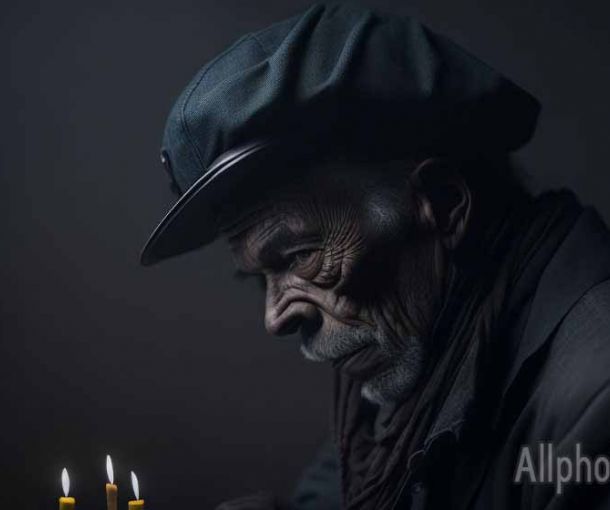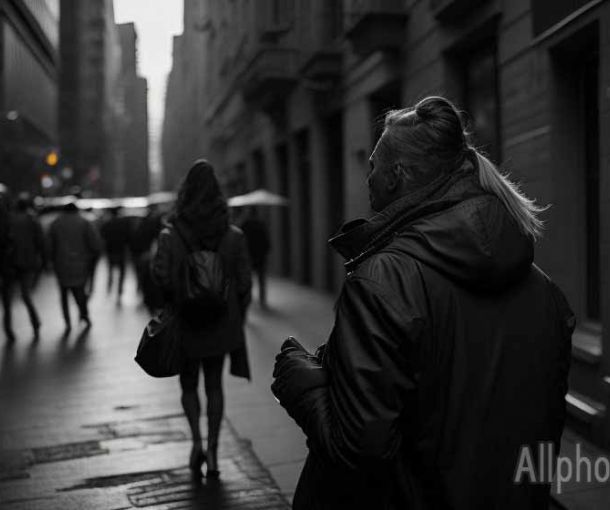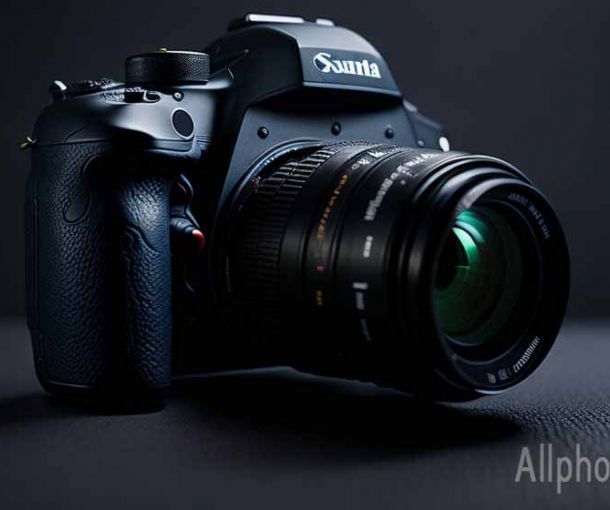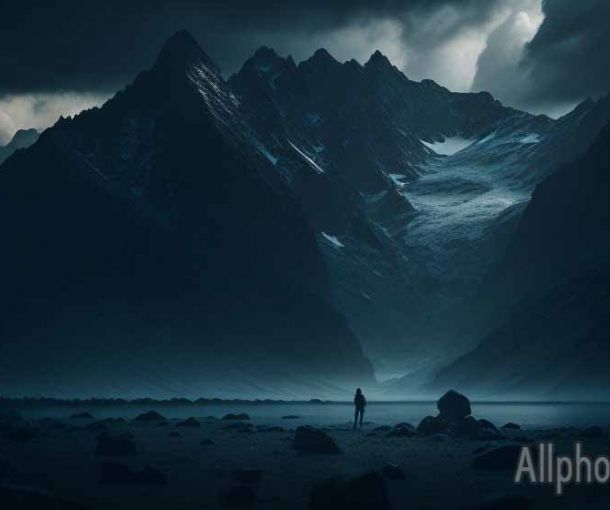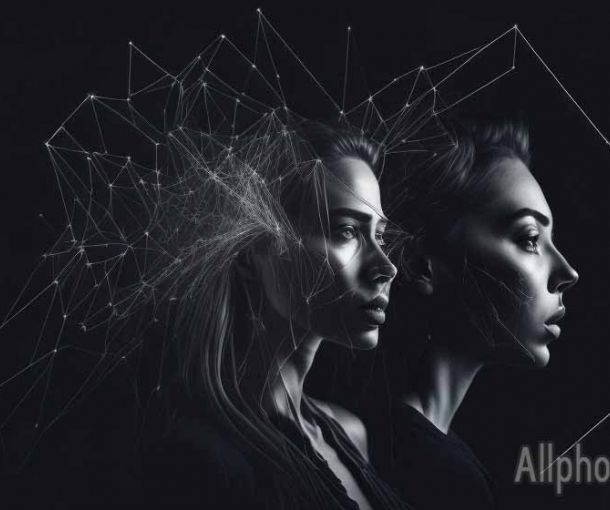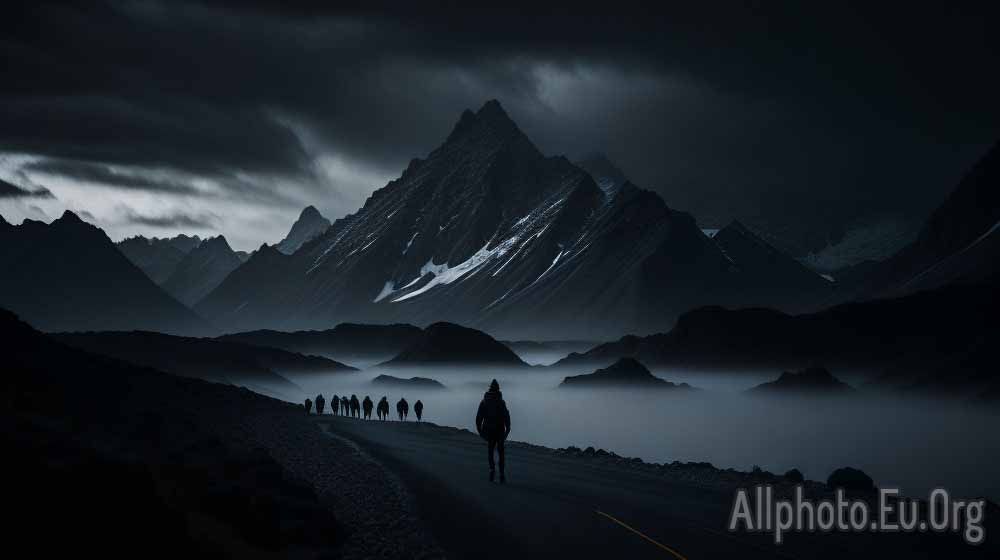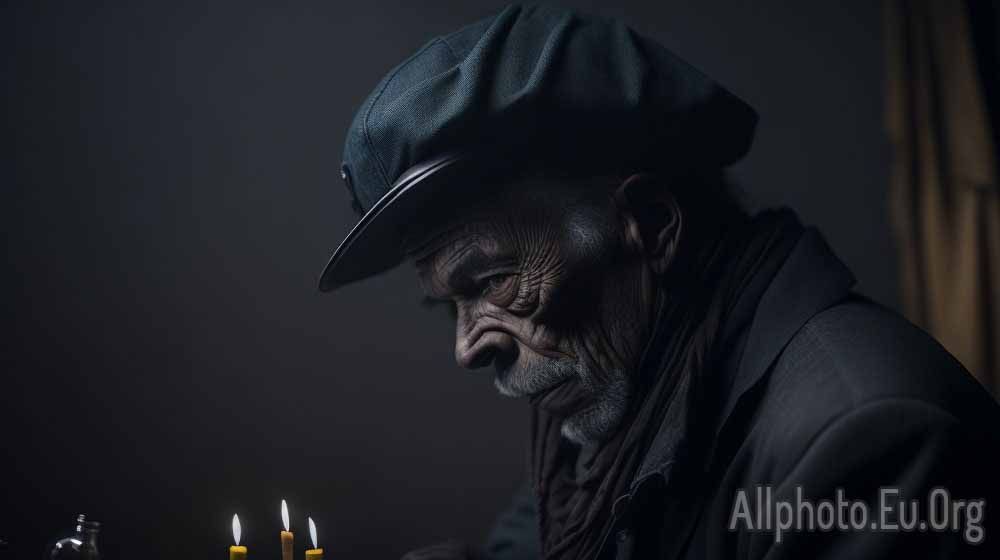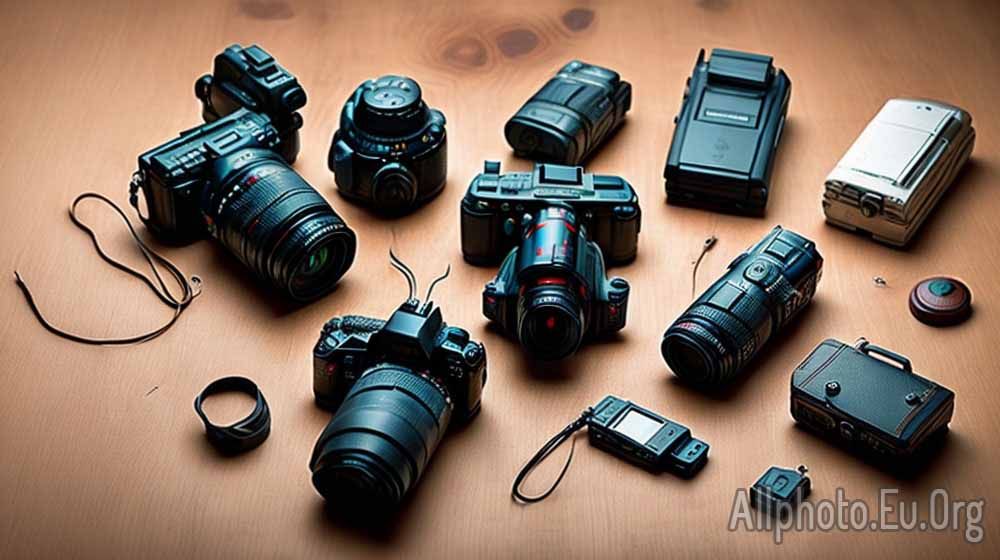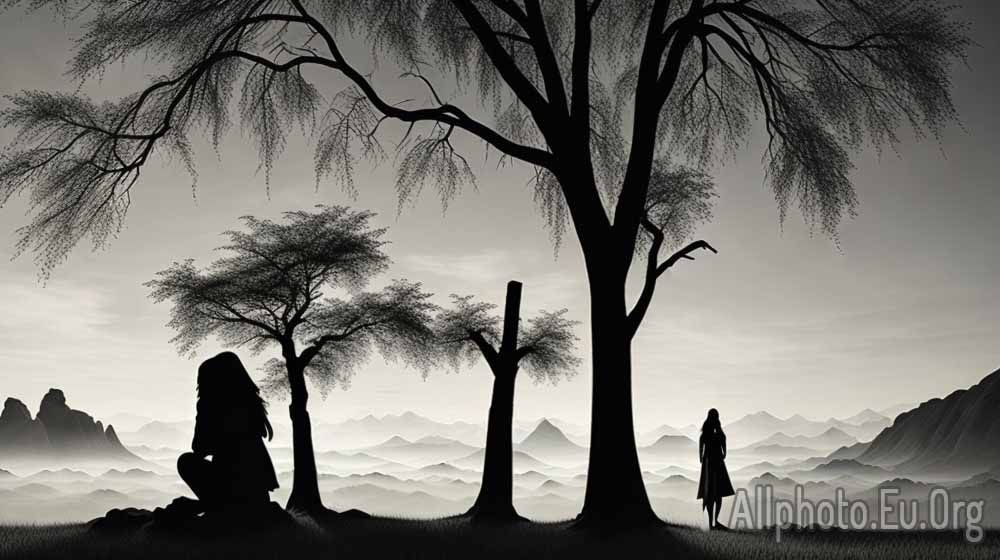The Beauty of Astro Photography: Tips and Techniques for Capturing the Night Sky
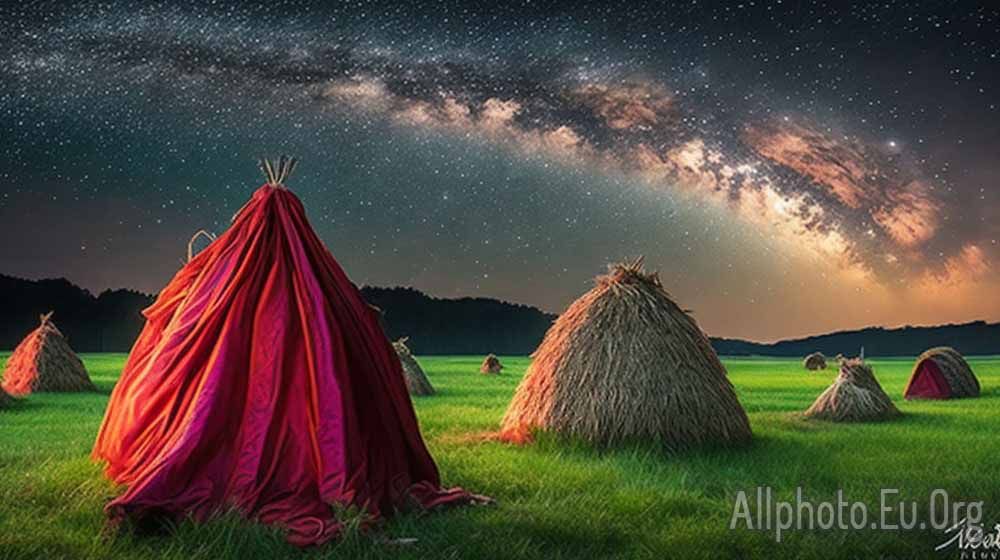
Astrophotography is a branch of photography that captures the beauty of celestial objects such as stars, planets, and galaxies. This genre of photography is becoming increasingly popular among photography enthusiasts, as it offers the opportunity to capture some of the most breathtaking and awe-inspiring views of the universe.
In this article, we will explore the tips and techniques that can help you capture the beauty of the night sky and produce stunning astro photographs.
-
Choose the Right Equipment
The first step in capturing the night sky is to have the right equipment. A camera with a manual mode, wide-angle lens, and a tripod is essential for astrophotography. A tripod is necessary to stabilize the camera and prevent blurriness in your images.
A wide-angle lens is ideal for astrophotography, as it allows you to capture a wider field of view, which is essential when photographing the night sky. Additionally, a camera with a high ISO range can help capture the faintest of stars in the night sky.
-
Find a Dark Sky Location
The next step is to find a location with minimal light pollution. Light pollution can make it difficult to capture the stars and celestial objects in the night sky. Ideally, you should look for a location that is far away from city lights and has clear skies.
You can use various tools, such as the Dark Sky Finder, to find a suitable location for astrophotography. It is also advisable to check the weather conditions to avoid cloudy or overcast skies.
-
Choose the Right Time
The timing of your astrophotography session is crucial. The best time to capture the night sky is during the new moon, as the sky is darkest, and the stars and celestial objects are more visible.
Additionally, you should also consider the time of the year. During the summer months, the Milky Way is more visible, while during the winter months, you can capture constellations such as Orion.
-
Use Manual Settings
Astrophotography requires manual settings to achieve the best results. You should set your camera to manual mode and adjust the aperture, shutter speed, and ISO settings manually.
The aperture should be set to the widest possible setting to allow more light into the camera. The shutter speed should be set to a longer exposure to capture the stars and celestial objects in the night sky. The ISO setting should be increased to capture the faintest of stars.
-
Use a Remote Shutter Release
A remote shutter release is an essential accessory for astrophotography. It allows you to take a photo without touching the camera, which prevents camera shake and ensures sharper images.
-
Experiment with Different Techniques
Astrophotography offers a wide range of techniques that you can experiment with to produce stunning images. Some of the most popular techniques include star trails, time-lapse, and stacking.
Star trails involve taking a long exposure image of the night sky, which captures the movement of the stars across the sky. Time-lapse involves capturing multiple images of the night sky over a period of time and merging them into a single video. Stacking involves taking multiple images of the same scene and stacking them on top of each other to produce a single image with increased detail and clarity.
-
Post-Processing
Post-processing is an essential step in astrophotography. It allows you to enhance the colors, contrast, and sharpness of your images. You can use various post-processing software such as Adobe Photoshop or Lightroom to edit your images.
Conclusion
Astrophotography is a fascinating and rewarding genre of photography that offers the opportunity to capture the beauty of the night sky. With the right equipment, location, timing, and techniques, you can produce stunning images that capture the awe-inspiring beauty of the universe. So, grab your camera, head out to a dark sky location, and start capturing the night sky using these tips and techniques. Remember, astrophotography requires patience, practice, and experimentation, but the results are truly worth the effort. Happy shooting!
Tags
Latest Articles
Most Read
All Tags
Subscribe
Donate
Please consider supporting our efforts.
© 2023 All-Photo.Cf All rights reserved.
